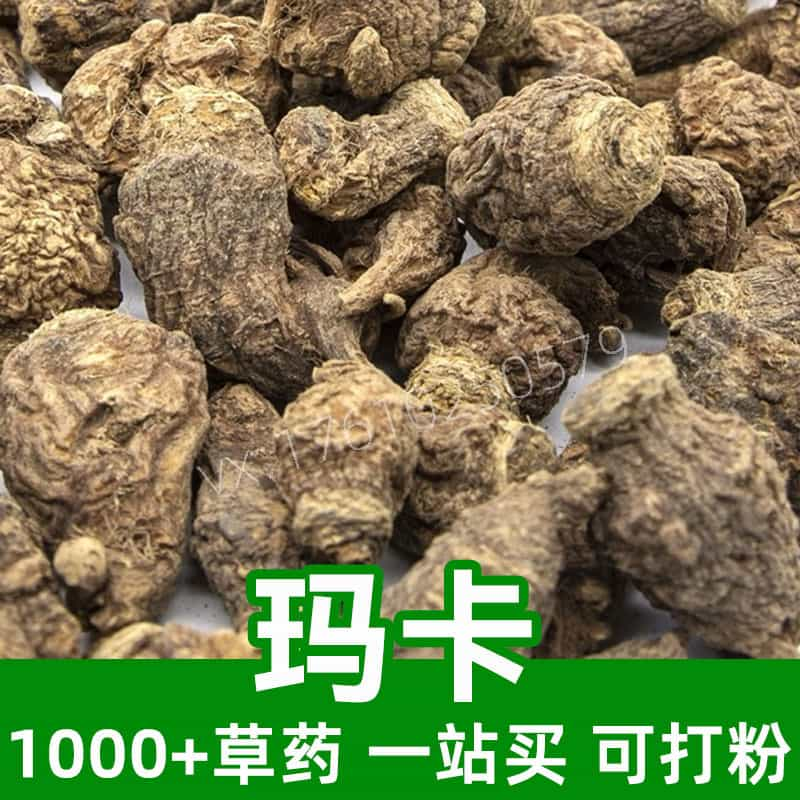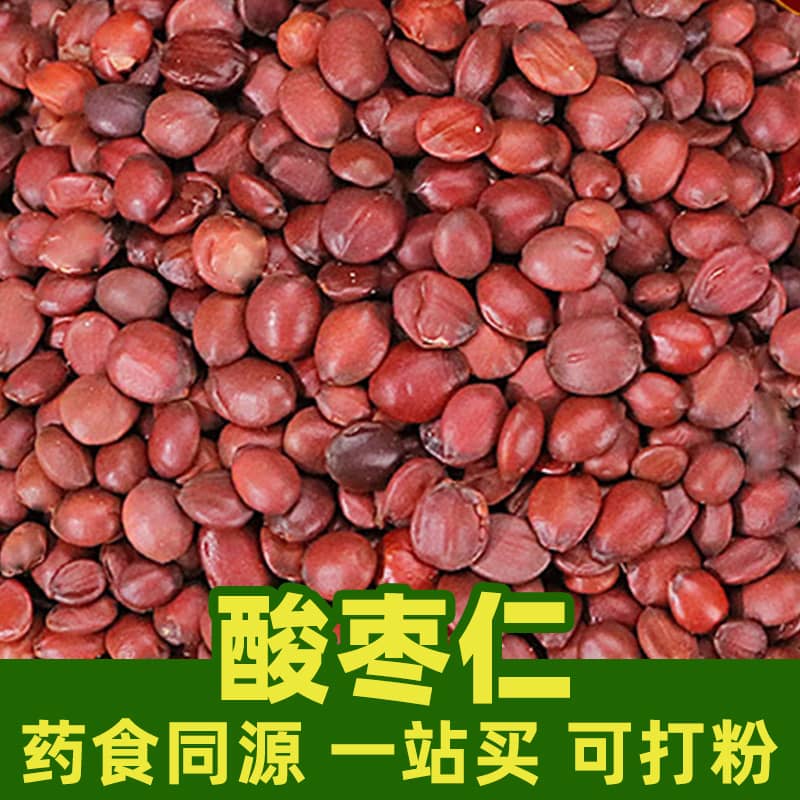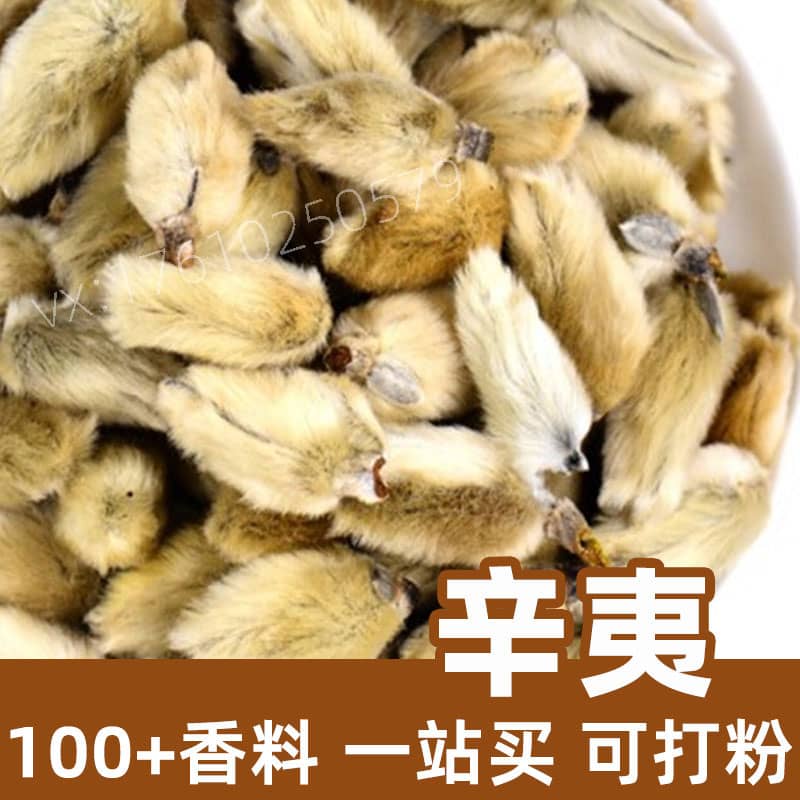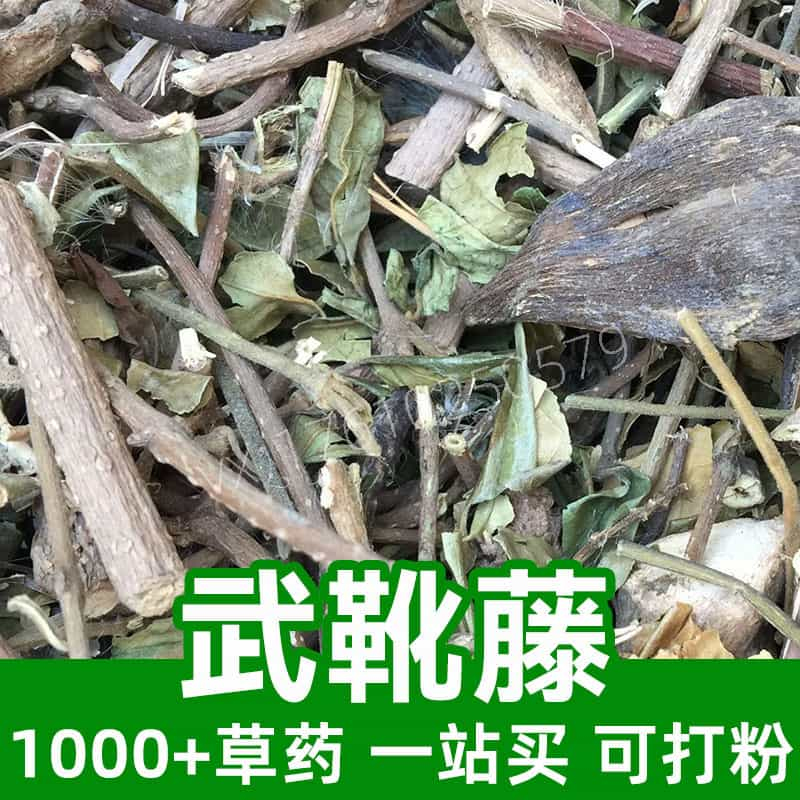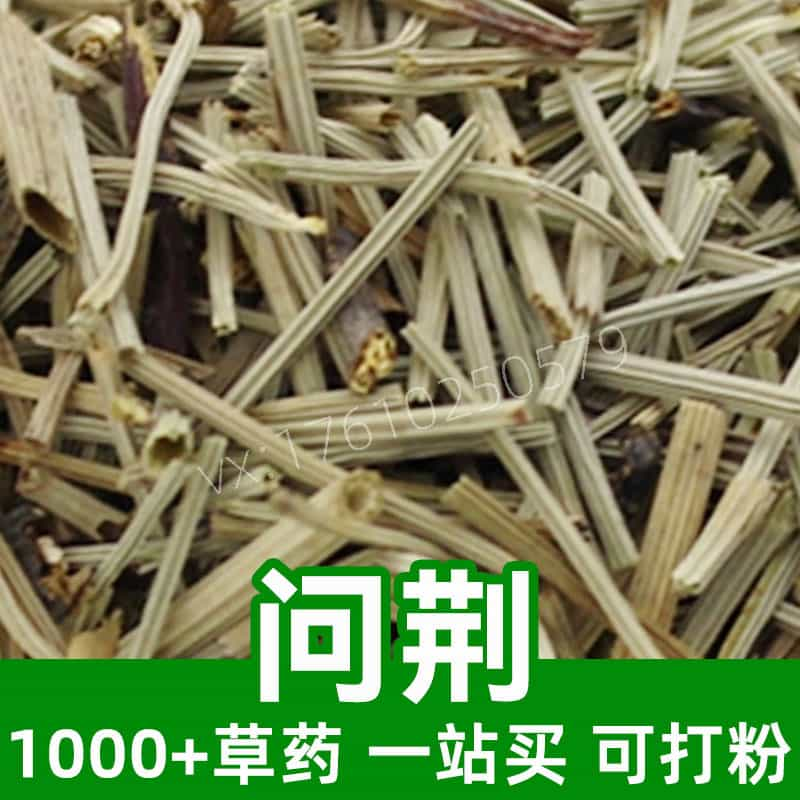Product Introduction
Rabdosia Serra, commonly known as Guang Mu Guo, is a lesser-known yet significant herb in traditional Eastern herbal medicine. This perennial shrub is primarily found in the mountainous and rocky areas of countries like China, Japan, and Korea. Rabdosia Serra has gained attention for its rich composition of bioactive compounds, particularly oridonin, a notable diterpenoid that has shown considerable interest in herbal studies.
In traditional usage, Rabdosia Serra is categorized as a bitter herb, believed to have cooling properties. The herb's bitterness is a characteristic that fits well within the frameworks of Traditional Chinese Medicine (TCM), where it is associated with particular organ systems, notably the Lung and Stomach. Its applications extend beyond just therapeutic uses, as it may also be incorporated into food practices within certain cultures.
As its popularity grows in the herbal market, this herb is being evaluated for its potential benefits and contributions to holistic health practices. As with all herbs, Rabdosia Serra should be used with careful consideration and respect for its properties, guided by knowledgeable practice or consultation.
Main Active Ingredients
Rabdosia Serra is renowned for its rich content of bioactive compounds, making it a subject of interest in the field of herbal medicine. The most prominent active ingredient found in this herb is oridonin, a type of diterpenoid that exhibits various biological activities such as anti-inflammatory and antioxidant effects. It is believed to influence cell signaling pathways, thereby promoting beneficial health outcomes when used appropriately.
Additionally, Rabdosia Serra contains rabdosin, which also showcases therapeutic properties. Rabdosin contributes to the herb's overall efficacy and is often studied for its potential enhancement of health functions. Alongside these main components, the herb contains a profile of flavonoids, which are well-known for their antioxidant properties. Flavonoids play a significant role in protecting cells against oxidative stress and may support various bodily processes.
The synergistic effect of these compounds creates a complex mechanism, ideally facilitating the herb's traditional applications in TCM. Research into Rabdosia Serra continues to evolve, as scientists seek to fully understand the interactions of its constituents and their implications for health and wellness. However, it is important to immerse oneself in historical uses and agrarian contexts to grasp the herb's holistic nature.
Product Application Scenarios, Usage, and Dosage
In traditional Chinese medicine, Rabdosia Serra is utilized for its cooling properties and its ability to support digestive health. It is often considered for use in various herbal formulations that aim to balance body temperature and relieve discomfort associated with heat. The herb is typically prepared as a decoction or infusion, allowing its beneficial compounds to be effectively extracted.
For everyday use, the preparation of Rabdosia Serra often involves boiling the dried herb in water to create a traditional tea. The recommended dosage for a standard decoction is between 5 to 15 grams of dried herb per day, depending on individual needs and conditions. This herbal tea can be consumed once or twice daily, ideally guided by a trained herbalist or practitioner.
In addition to traditional usage, Rabdosia Serra has also found its way into modern herbal supplements. These supplements may contain standardized extracts of the active compounds to ensure consistent dosages and effects. Users interested in the supplement forms are advised to follow the manufacturer's recommendations regarding dosages.
In culinary practices, Rabdosia Serra can be included in herbal soups or dishes as a flavor enhancer that contributes to both taste and potential benefits, aligning well with the holistic approach of using food as medicine. However, individuals should be mindful of their body's responses and consult health professionals when incorporating new herbs into their diet or herbal regimen.
Introduction to the Source Plant, Distribution, and Growth Environment
Rabdosia Serra is primarily distributed across East Asian regions, particularly in China, Japan, and Korea. This herb thrives in mountainous terrains where it can benefit from the rich soil and climatic conditions that favor its growth. Typically found in forest understories or rocky slopes, Rabdosia Serra prefers moist, well-drained soils and is often seen growing in partial shade.
In its natural habitat, the plant flourishes alongside other native species, establishing a unique ecological niche. Botanical studies indicate that Rabdosia Serra is a resilient plant capable of withstanding varying climatic conditions, from wet monsoon seasons to dry periods. These environmental factors contribute to the herb's rich phytochemical profile.
Cultivation of Rabdosia Serra requires attention to its natural preferences. Growers aiming to cultivate this plant should ensure that they replicate its native habitat as closely as possible, which includes providing suitable soil pH, regular watering, and adequate sunlight filtered through surrounding foliage. Traditional harvesting practices emphasize the importance of sustainability, ensuring that harvesting methods do not interfere with the plant's ability to regenerate and maintain natural populations.
The understanding of the ecological requirements of Rabdosia Serra is crucial, as it not only influences the efficacy of the herb but also its availability for future generations. Conservation efforts and sustainable practices are essential to preserving this valuable herb and its remedies in traditional health systems.
Harvesting, Processing, and Storage
The harvesting of Rabdosia Serra is typically conducted during its peak growing season, which is often in late summer or early autumn when the herb’s active compounds are most concentrated. This timing is critical, as it ensures that the plant material is harvested at its peak potency. Harvesters usually collect the leafy branches of the plant, avoiding any damage to the root system to allow for regrowth in subsequent seasons.
Once harvested, the processing phase begins, which includes thoroughly washing the plant material to remove soil and impurities. The clean leaves and stems are then subjected to drying, traditionally done in shaded areas to prevent the degradation of essential compounds caused by direct sunlight. Proper drying techniques are vital in preserving the herb's bioactive components and overall quality.
After drying, Rabdosia Serra is either stored in bulk or ground into powder form for easy use in recipes or herbal formulations. The storage process is equally important; the dried herbs should be kept in airtight containers in cool, dry places to maintain their efficacy over time. Exposure to moisture or light can diminish the potency of the herb, so preserving its quality is a priority.
It is recommended to check the dried herb periodically for any signs of spoilage or degradation, such as changes in color or odor. With proper harvesting, processing, and storage techniques, Rabdosia Serra can retain its properties for extended periods, allowing practitioners and users access to its potential benefits when needed. Maintaining high standards in these practices ensures the herb's reliability and effectiveness in traditional applications.
Monica Sun is a seasoned expert in the natural raw materials industry, with over a decade of experience specializing in traditional Chinese medicinal herbs, spices, and fungi. She is skilled in the sourcing, processing, and application of these materials, emphasizing sustainability and innovation. Monica Sun has contributed to the development of high-quality natural raw materials that serve as essential components in functional foods, pharmaceuticals, and cosmetics, delivering tailored solutions to meet diverse market needs.









